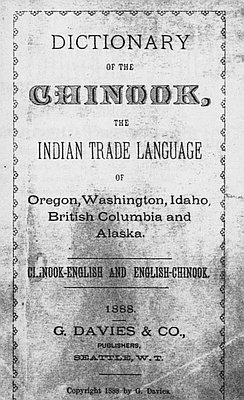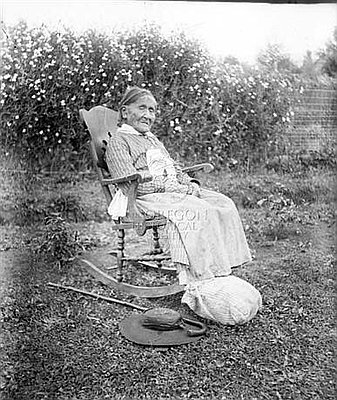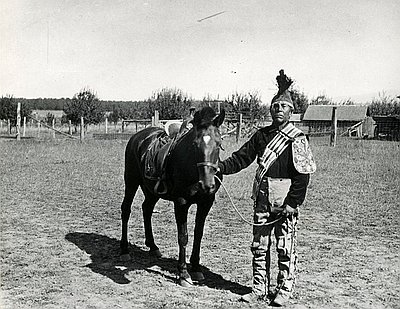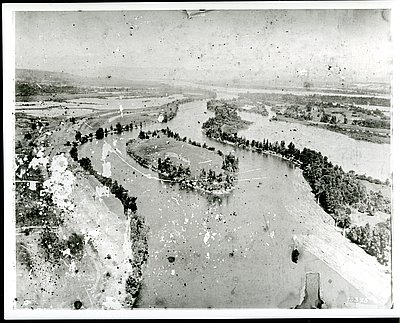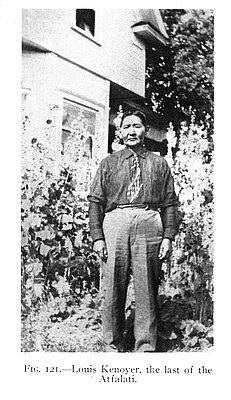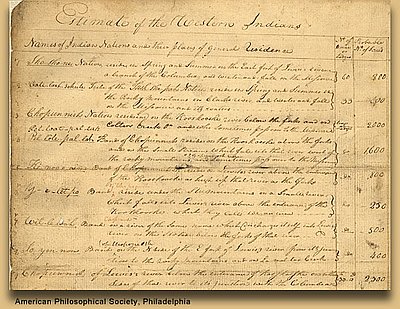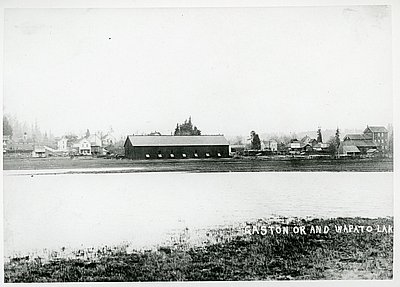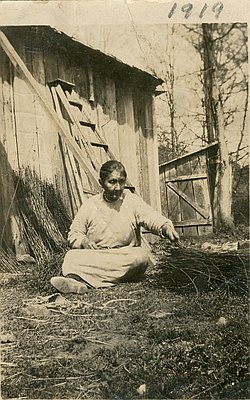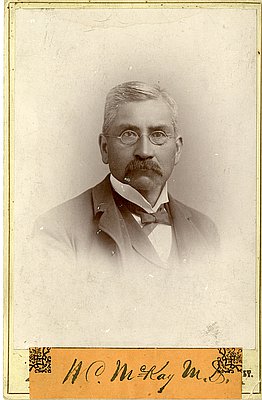Henry Zenk
Oregonian by birth, Henry Zenk was introduced to the study of Northwest languages and life-ways by Wayne Suttles, late professor of Anthropology at Portland State University. He subsequently documented Chinuk Wawa from surviving elder speakers of the Grand Ronde Indian Community, Oregon, drawing upon his results for his Ph.D. in Anthropology (University of Oregon, 1984). He has been a linguistic consultant for the Confederated Tribes of Grand Ronde since 1998.
Author's Entries
-
![Chinook Jargon (Chinuk Wawa)]()
Chinook Jargon (Chinuk Wawa)
According to our best information, the name "Chinook" (pronounced with "ch" as in church) originated in one Native village on the north bank of the Columbia River, near its mouth. When American and British seafarers came to the Columbia River in 1792, they quickly incorporated the lower river into …
Oregon Encyclopedia
-
![Kalapuyan peoples]()
Kalapuyan peoples
The name Kalapuya (kǎlə poo´ yu), also appearing in the modern geographic spellings Calapooia (for a river in Linn Country) and Calapooya (for a mountain range and creek in Douglas County), goes back to a term of uncertain origin and significance. It was applied by Chinookans of the lower Columbia …
Oregon Encyclopedia
-
![Molalla Peoples]()
Molalla Peoples
The name Molalla ([moˈlɑlə, ˈmolɑlə], usually spelled Molala by anthropologists; also Molale, Molele, Molalis) refers to like-speaking Indigenous peoples who at the time of their earliest encounters with EuroAmerican occupied the greater part of the Cascade Range in Oregon, from Mount Hood on the north to Mount McLoughlin on the …
Oregon Encyclopedia
-
![Multnomah (Sauvie Island Indian Village)]()
Multnomah (Sauvie Island Indian Village)
"Multnomah" is a word familiar to Oregonians as the name of a county and a waterfall, among other places. Less well known is its origin as the name of an Indian village once located on the upriver end of Sauvie Island facing the Columbia River. The name is from …
Oregon Encyclopedia
-
![Peter Kenoyer (c. 1835–1886) and Louis Kenoyer (1868–1937)]()
Peter Kenoyer (c. 1835–1886) and Louis Kenoyer (1868–1937)
It is to Peter Kenoyer (Kinai [kʼiˈnɑ:i]) and his son Louis Kenoyer (Bakhawadas [bɑχɑˈwɑ:dɑs]) that we owe most of what has been preserved of the language and traditions of the Tualatin Kalapuyans, the Indigenous villagers who at the time of first EuroAmerican settlement occupied Tualatin Plains, Wapato Lake (modern …
Oregon Encyclopedia
-
![Portland Basin Chinookan Villages in the early 1800s]()
Portland Basin Chinookan Villages in the early 1800s
During the early nineteenth century, upwards of thirty Native American villages were documented in the Portland Basin (present-day Multnomah, Clark, Clackamas, and east Columbia Counties). Most of the villages were sited on riverbanks and in wetlands along the Columbia and Willamette Rivers and were occupied by people who spoke dialects …
Oregon Encyclopedia
-
![Tualatin peoples]()
Tualatin peoples
Tualatin (properly pronounced 'twälə.tun in English) was the name of a collection of related but independent villages whose members spoke a dialect of Northern Kalapuya, the northernmost of three languages composing the Kalapuyan language-family. Synonyms include Atfalati, Tfalati, and Twalati (variously spelled). Sixteen Tualatin villages are known by name: these …
Oregon Encyclopedia
-
![Victoria (Wishikin) Wacheno Howard (c. 1865-1930)]()
Victoria (Wishikin) Wacheno Howard (c. 1865-1930)
Victoria (Wishikin) Wacheno Howard was the teller of Clackamas Chinook narratives and traditions transcribed by anthropologist Melville Jacobs and published by him as Clackamas Chinook Texts (1958-1959), one of the richest records of the Indigenous northwest Oregon storytelling art. While Jacobs referred to her invariably as “a Clackamas Chinook,” …
Oregon Encyclopedia
-
![William Cameron McKay (1824–1893)]()
William Cameron McKay (1824–1893)
Dr. William Cameron McKay [mə kī´] lived his entire life on the lower and middle Columbia River, save for five years spent pursuing an education in the eastern United States. He experienced at first hand the seismic historical transition of the region, from one dominated by its first people …
Oregon Encyclopedia


